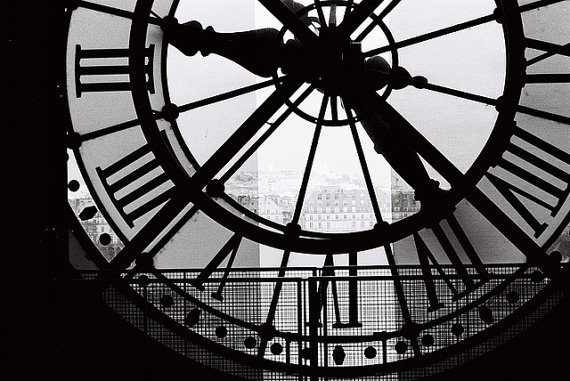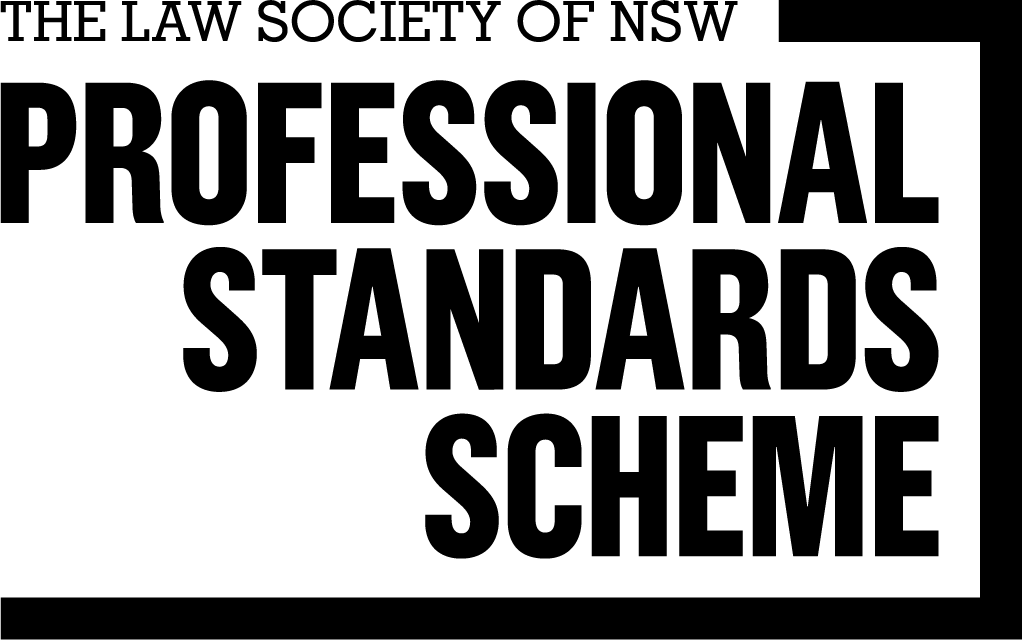The decision of the Court of Appeal in Sydney Markets Limited v Wilson [2011] NSW CA 201 (the Paddy’s Market Case) appears to have made shopping centre management a little trickier.
Section 3 of the RLA defines “retail shop” to mean:
premises that:
(a) are used, or proposed to be used, wholly or predominantly for the carrying on of one or more of the businesses prescribed for the purposes of this paragraph .., or
(b) are used, or proposed to be used, for the carrying on of any business…in a retail shopping centre
It is clear from the above definition that a retail shop must be comprised of “premises”. The meaning of the word “premises” was addressed by the Court of Appeal in Manly Council v Malouf [2004] NSW CA 299.
In that case Malouf operated a restaurant from a leased building. He also obtained from Manly Council a footpath licence which entitled him to place tables and chairs on the footpath for restaurant patrons, during the operating hours of the restaurant. Manly Council was not the lessor of the restaurant building. Malouf commenced proceedings against Manly Council under the RLA. Manly Council resisted the claim on the ground that the footpath licence agreement was not a lease of a “retail shop” and that, accordingly, the ADT did not have jurisdiction.
The Court unanimously held that bare land (being the footpath) was not “premises” for the purposes of the definition “retail shop”.
Tobias JA held that:
most of the definitions in legal and general dictionaries equate the word ‘premises’ with a building or some form of built structure. Equally, a ‘shop’ is generally defined in a manner which connotes a built structure. (paragraph 75)
His honour considered provisions of the RLA which demonstrated an assumption that a “retail shop” would be located within a building (see paragraphs 82-86 of the judgement, and provisions of the RLA such as sections 24B and 26), which speak about:
… the building … of which the retail shop forms part …
These provisions pointed to a requirement that a “retail shop” must be located within a building or some other form of built structure. At paragraph 88 his honour said:
With some hesitation, I have come to the view that the licensed areas are not ‘premises’ within the meaning of the definition ‘retail shop’ in s3 of the RL Act… It was uncontested that a ‘shop’ in ordinary parlance is referable to the sale of goods within the whole or part of a building. There are sufficient indications in the RL Act and, in particular, in the provisions which I have identified above and in the nature of the retail businesses listed in Schedule 1, which provide a context which requires that the ‘premises’ referred to in the definition of ‘retail shop’ … be construed as confined to a shop being located within a building or similar structure.” (emphasis added)
The above statement is not satisfactory, since it appears to accord no weight to sub-paragraph (b) of the definition “retail shop”. (The decision can be confined on the facts to sub-paragraph (a) of the definition). However, it has been relied upon in the management of shopping centres on the basis that leases and licenses of areas of bare floor within the centre are not a lease of “premises” for the purposes of the definition.
In the Paddy’s Market Case a stall-holder was granted a licence to occupy a defined space under the roof of the Paddy’s Market complex. The judgment of the Appeal Panel of the Administrative Decisions Tribunal makes it clear that the trader erected cabinets, counters and signage within the defined space so that the area licensed to him had the “look” of a rudimentary shop.
Hodgson JA in the Court of Appeal (with whom Tobias AJA agreed) held, at paragraphs 41 and 42:
“The case [Malouf] is clear authority for the proposition that “premises” does not mean vacant land; and that “premises” must be a building or part of a building or similar structure. It is less clear authority that “premises” must be a shop, in the ordinary meaning of that word; and indeed, in my opinion it is plain from paragraph (b) of the definition of “retail shop” and some items in the list in Sch 1 (for example, “engravers” and “nail bars”) that premises need not necessarily be a shop in the sense of an enclosed structure. It is clear in my opinion that a counter in a shopping mall (that is, in a retail shopping centre) used for the business of an engraver or a nail bar would be a retail shop.
In my opinion, a finding that the area within Paddy’s Market licensed to Mr Wilson constituted “premises” is not inconsistent with Malouf, in that it is an area within a building; and in the absence of evidence concerning the physical set up of this area, I find I cannot be satisfied that this finding was an error of law.”
Tobias AJA commented on what he meant in the passage from Malouf quoted above, particularly with reference to the emphasised word “shop”. His honour said:
“I intended by my use of that word … to refer to a “shop” as defined in ordinary parlance, namely, as referable to the sale of goods within the whole or part of a building. As such, it refers to an area or space located generally within, or comprising the whole or part of, a building or similar structure used for the purposes of the retail sale of goods.
In other words, I intended the reference to “shop” to refer … to the nature of the use of the licensed space rather than to its physical characteristics, provided only that that space is located partly or wholly within a building or similar structure.”
Like the judgment in Malouf, the judgment in Paddy’s Market is unsatisfactory, in that it does not appear to address the requirement in sub-paragraph (b) of the definition that a “retail shop” can be premises used for the carrying on of any business. It is difficult to see how that very clear statement can be reconciled to the requirement articulated by the Court that in order to be a “retail shop” the relevant space must be used for the purposes of the retail sale of goods, (rather than for the carrying on of any business).
It is also hard to see why his honour confined his requirement that the area be used for the retail sale of “goods” (emphasis added).
It is plain from the list of businesses in schedule 1 of the RLA, and from the judgment of Hodgson JA quoted above, that premises can a “retail shop” when used for the provision of services (e.g. barbers, beauticians, beauty therapists, engravers, hairdressers, nail bars, optometrists and travel agencies).
Despite these criticisms, we now appear to have an authoritative statement of the Court of Appeal that a “retail shop” is any defined area within a building intended to be used for the retail sale of goods.
This produces the result that if an area of floor space is marked down as the location for a vending machine, then that defined area seems to be a “retail shop”, once the vending machine is placed on it.
The judgment also produces anomalous results. Assume, for instance, that a centre owner grants to a flower vendor a licence to sell flowers from a specifically identified 2m x 2m square painted area on the rooftop of a shopping centre multi-deck car park. The flower vendor is not entitled to bring any structures at all into the defined area, but is required to sell the flowers from buckets.
The grant of that licence would not be a lease of a “retail shop” because the defined area is not “within” a building or similar structure.
However, if exactly the same arrangement was replicated in the car park one deck lower, the defined area would be a retail shop, because a licence is granted for the purpose of the retail sale of goods “within” a building or similar structure.
If it is accepted that sub-paragraph (b) of the definition “retail shop” does not admit of the restriction that the use of the defined area must be confined to the retail sale of goods, it also follows that if a licence agreement is granted for any defined area within a shopping centre, for the purpose of any business, the defined area is a “retail shop”. This would then mean that the areas occupied under signage licences are retail shops.
As a result, centre owners may now have to consider issuing disclosure statements when entering into signage and other licence agreements. If the term of a licence agreement is less than five years, prudent owners should also insist upon production by the licensee of a certificate under section 16(3) of the RLA.
(Fortunately, well-advised centre owners for some time have drafted these licences in RLA – compliant terms)
These considerations also appear to lead to the bizarre consequence that if an owner wished to change core trading hours under section 61(1) of the RLA, licensees under vending machine licences and signage licences would need to be counted and vote.
Download PDF here – Shopping centre management in a post Paddy’s state






